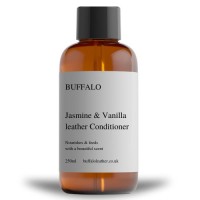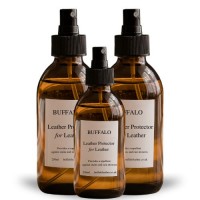FAUX LEATHER IS MORE PRONE TO DAMAGE COMPARED TO LEATHER!
The choice between faux and genuine leather is a familiar problem for many.
Faux leather and vinyl, is known for being cheaper and being vegan friendly so has had increased recognition lately. But, a recent survey has found that faux leather is prone to more damage compared to leather.
This realisation has led to potential retail customers reconsidering genuine leather as the superior covering for their upholstery, not only for that, it’s also recognised for its strength and elegant style too.
The misunderstanding about faux leather, is that most faux leather is a product of the fossil fuel industry, its made of plastic and currently cannot be re-cycled so normally ends up in land fill.
THE ACTUAL VALUE OF GENUINE LEATHER:
STRENGTH:
Real leather is well-known for its durability. Unlike its faux substitute, high-quality genuine leather can endure daily wear, often lasting years and years with proper care. This makes leather items more cost-effective in the long run.
AGING GRACIOUSLY:
Over time, genuine leather develops a unique character adding to its appealing nature. With certain leathers the natural aging process tells it own story, making each piece distinctive and beautiful as the years go by.
REPAIRABLE:
Natural scratches on aniline & semi-aniline leathers can normally be polished out, and keep their suppleness and strength through conditioning.
BIODEGRADABILITY:
Genuine leather is biodegradable, when disposed of it decomposes more easily compared to its faux substitute, reducing its environmental footprint.
SUSTAINABLE SOURCING:
Leather is a by-product of the meat trade, using what would otherwise be a leftover product. Research shows that this surplus bi-product which is passed to the leather industry processes millions of tons of hides annually, which would otherwise be cast-off in to landfill.
LESS PLASTIC WASTE:
Opting for genuine leather over faux helps reduce plastic waste. Faux leathers are created from plastics like polyurethane or polyvinyl chloride; these contribute to pollution and are not biodegradable.
REDUCED CHEMICAL USE:
State-of-the-art leather tanning processes are becoming more environmentally friendly. Selecting genuine leather not only offers a product of luxurious quality and durability but also helps environmentally valuable practices.





